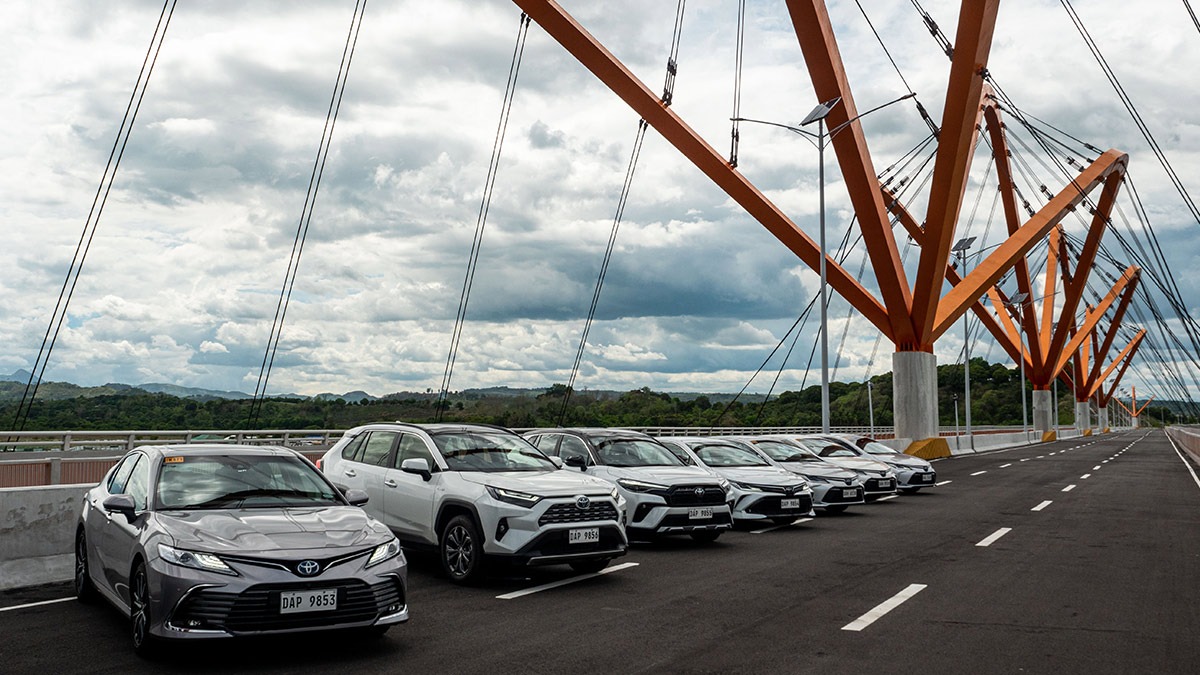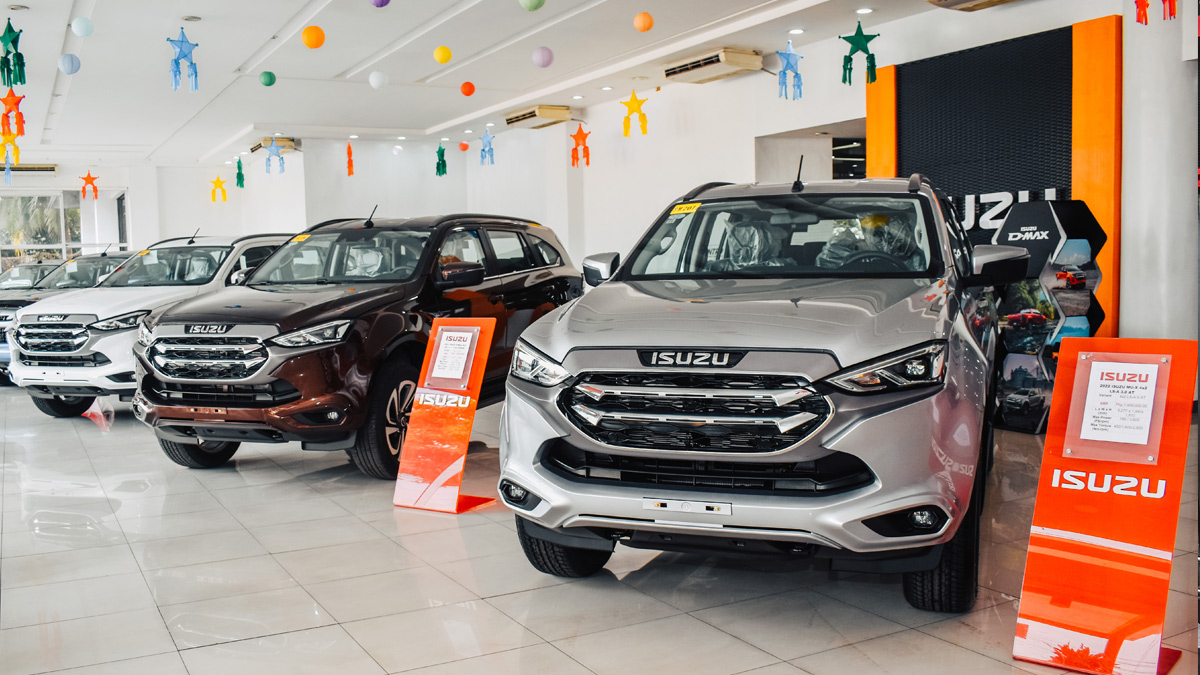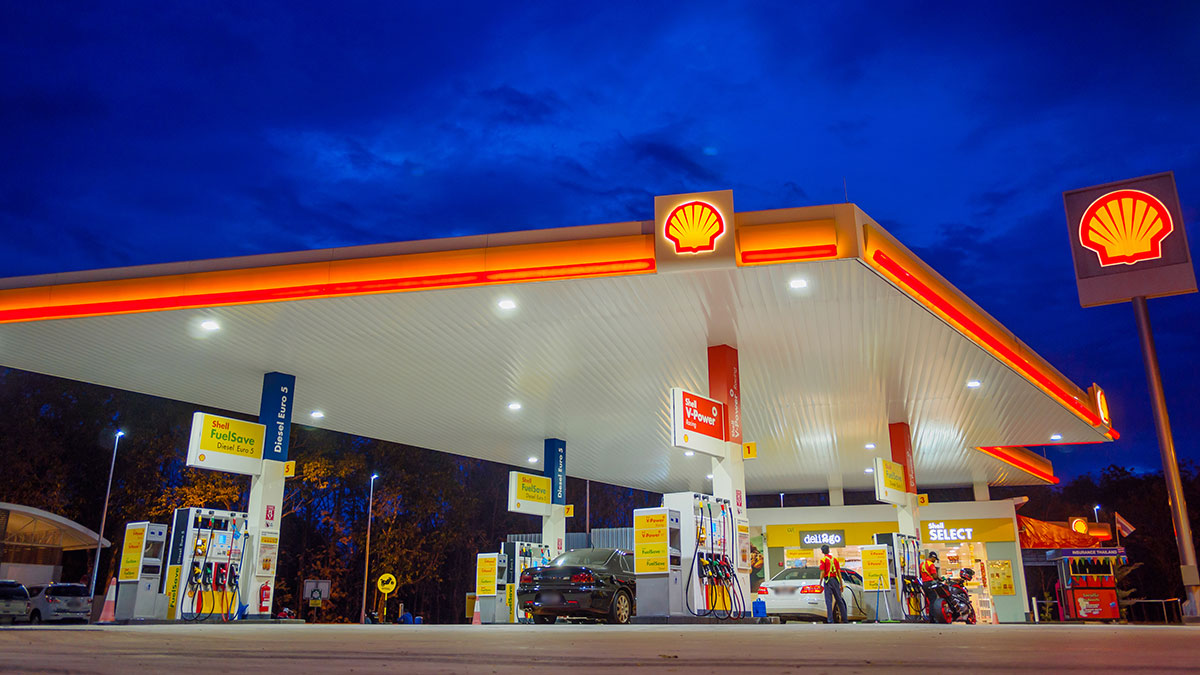In case you missed it, the peso’s exchange rate against the US dollar has been rising pretty fast in recent weeks. So while this may be a cause of celebration for our kababayans living on dollar revenue and allowances, it’s bad news for any imported commodity in the country. That includes automobiles.
According to Nicholas Mapa, a senior economist covering the Philippine market for ING Bank, the higher peso exchange rate is poised to raise the prices of vehicles in the country. This is because the bulk of cars sold in the Philippines is assembled abroad. Locally assembled units, meanwhile, are also being built using imported parts.
“Vehicles are susceptible to price increases as the peso cost to import these vehicles and their parts are tacked on to sticker prices,” Mapa said.
MORE ON MOTORING COSTS:
Experts: Expect auto loan interest rates in PH to rise following BSP hike
House bills filed to suspend or lower fuel excise taxes amid rising pump prices
As of July 8, the peso is valued at just under P56 to a dollar based on the data from the Bankers Association of the Philippines. Around the same time last year, the peso was valued at P49 to a dollar. That is a loss of P7 in value in just 12 months.
To put that into perspective, imagine you’re looking to buy or import something from overseas worth $20,000.

If you bought the item in July of last year, you would have needed about P980,000 to cover the cost. However, if you buy the same product in July 2022, you’re now going to need P1.12 million to cover the $20,000 cost because of the peso’s loss of value.
That’s P140,000 more.
This exchange rate movement is a burden that car importers are currently carrying. And because of the rising differential between the peso and the dollar, car dealers are expected to pass on these costs to consumers anytime soon.
“I would not be able to estimate the size of impact, but given that the cars are either fully imported (CBU) or partially built (SKD), exchange rate changes will impact the overall price,” Mapa said. “Car dealerships can change prices at any time, and we believe there have been a few companies that are already doing so.
“Although we are unsure as to how particular car companies set up their pricing, we believe that since parts and actual units are imported, they are purchased in foreign currency terms. Price increases can factor this in. We believe all imported cars will be subject to price increases due to exchange rate adjustments,” the economist explained further.
STORIES ABOUT PH CAR SALES:
35,282 Vehicles were sold in the country in September 2022
These are the top 10 auto brands in 2022 so far
Usually, the pace of car sales reflects the direction of the economy because it shows how confident households are in current and future economic conditions.
Before the COVID-19 pandemic, about 30,000 new units were sold in the country per month. Will the expected rise in vehicle prices stop Filipinos from purchasing new vehicles? Probably not.
Mapa said higher local prices and the increase in borrowing costs will likely dampen overall demand for vehicles, but will not likely stop people from buying cars: “If they are unable to deter outright purchases, we could see a scenario wherein buyers shift to a less expensive vehicle as they tighten belts or should price increase push options out of budget.
“Small price adjustments in car prices due to exchange rate fluctuations may not be enough to completely cause would-be purchasers to give up on their new vehicle. However, the inflationary environment that is borne out from the myriad of factors, including imported inflation, will likely force households and firms to consider either postponing a purchase or downsizing a purchase as challenging times are ahead,” the economist added.
With the insanely high prices of fuel recently, downsizing may actually be a good idea to consider, after all.











